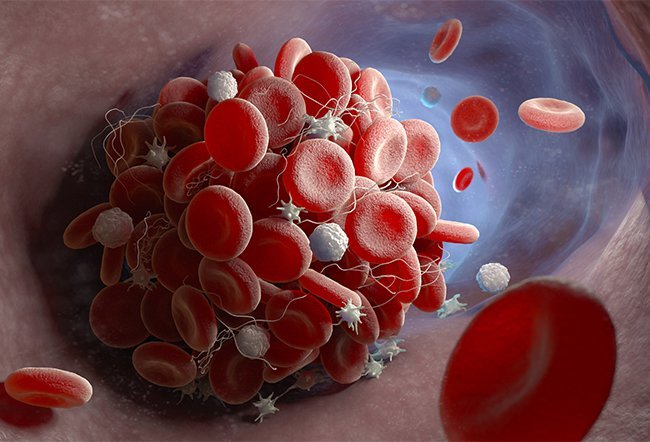What Is the Difference Between Critical Limb Ischemia and Acute Limb Ischemia?

The main difference between critical limb ischemia (CLI) and acute limb ischemia (ALI) is the duration of symptoms. CLI symptoms develop over a longer period of time, whereas ALI symptoms develop suddenly.
Learn about symptoms, causes, risk factors, and treatment.
| Clinical features | Critical limb ischemia | Acute limb ischemia |
|---|---|---|
| Definition | Severe blockage in the arteries that reduces blood flow to the hands, legs, and feet; may be acute or chronic | Sudden decrease in blood flow to the limb |
| Onset | Develops over time (2 weeks or more) | Occurs within 14 days after symptoms start |
| Symptoms |
|
|
| Causes | Occurs due to blockage of the arteries or narrowing of the arteries in the lower extremities | Occurs due to the formation of clots or blood vessel blockage |
| Physical appearance | Pink | Pale, marble white |
| Emergency | No | Yes |
| Pain | Gradual, at rest | Sudden, at rest, calf tenderness |
| Treatment |
|
|
What is critical limb ischemia?
Critical limb ischemia is a severe blockage in the arteries that reduces blood flow to the hands, feet, and legs. It can cause severe pain, non-healing skin ulcers, and gangrene.
The main cause of CLI is atherosclerosis, in which plaques build up in the arteries, causing narrowing and reduced blood supply. When atherosclerosis affects the arteries that supply blood to the lower extremities, the condition is called CLI.
What is acute limb ischemia?
Acute limb ischemia is sudden decrease in the blood flow to the legs that poses a threat to the limbs. It is an emergency because there is a high risk of amputation and even death if left untreated.
Main causes of ALI include:
- Thrombosis (atherosclerosis that leads to blood vessel blockage)
- Embolism (blood clots of cardiac origin)
- Trauma (injury due to previous heart surgery such as percutaneous coronary intervention)
Stages of ALI are as follows:
- Class I: Limbs are not threatened. Restoration of blood flow may or may not be necessary.
- Class II: Limb viability is threatened. Restoration of blood flow is needed to prevent tissue death.
- Class III: Irreversible ischemia. Saving the legs is impossible.
| Category | Sensory change | Motor change | Arterial Doppler signals | Venous Doppler signals |
|---|---|---|---|---|
| Viable | None | None | Audible | Audible |
| Threatened | Rest pain | Moderate | Inaudible | Audible |
| Irreversible | Anesthetic | Paralysis | Inaudible | Inaudible |
What are risk factors for both CLI and ALI?
Risk factors for both critical limb ischemia and acute limb ischemia are similar:
- Obesity
- Diabetes
- High blood pressure
- High cholesterol levels
- Smoking
- Age (over age 65)
- Family history of critical limb ischemia, heart disease, or stroke
- High levels of homocysteine

